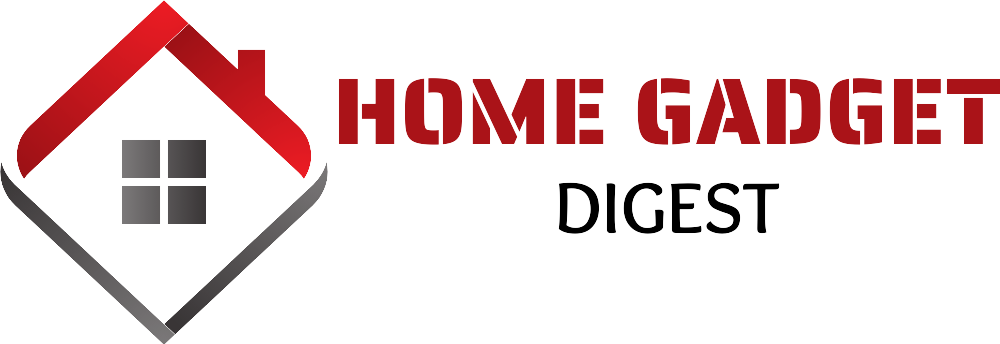In a world increasingly focused on sustainability, keeping abreast of the latest energy efficiency policy updates is crucial. These dynamic regulations are not just bureaucratic mandates; they are foundational pillars shaping our future, influencing everything from industrial operations to household consumption. Understanding these evolving directives is key to both compliance and leveraging the opportunities they present for innovation and cost savings. This article provides a comprehensive overview to help you navigate this complex, yet vital, landscape.
Contents
The Evolving Landscape of Energy Efficiency Regulations

The global push towards environmental sustainability has dramatically accelerated the evolution of energy efficiency regulations. Governments worldwide are implementing more stringent standards to combat climate change, reduce reliance on fossil fuels, and enhance energy security. This evolving landscape reflects a collective commitment to creating a greener future, with policies often targeting key sectors such as building infrastructure, transportation, and consumer electronics.
Global Initiatives Driving Regulatory Changes
Major international agreements and national strategies are the primary drivers behind these regulatory shifts. For instance, the European Union Green Deal outlines ambitious targets for carbon neutrality, leading to a cascade of new directives on energy performance in buildings and industrial processes. Similarly, the United States continues to refine its appliance efficiency standards, impacting manufacturers and consumers alike. These global initiatives foster a competitive environment, encouraging innovation in energy-saving technologies and practices.
These advancements are now actively shaping new energy efficiency policy updates, pushing for smarter grids and integrated building management. Such evolution is critical for future energy security and environmental resilience.
Key Policy Updates Impacting Industries and Consumers
Recent energy efficiency policy updates have introduced significant changes for various stakeholders. Businesses, particularly in manufacturing and construction, face new compliance requirements, while consumers benefit from more energy-efficient products and potential savings. These policies often manifest as new building codes, stricter appliance standards, and revised vehicle emission targets.
Mandatory Performance Standards and Their Reach
Many updates focus on mandatory performance standards. For example, some regions have introduced tighter energy performance certificates for residential and commercial properties, influencing property values and renovation decisions. Appliance efficiency ratings are also continually revised, pushing manufacturers to innovate and offer products that consume less energy. These standards not only reduce energy consumption but also drive market demand for sustainable solutions, including advanced smart home lights.
Incentives and Rebates for Adoption
Alongside mandatory measures, governments are increasingly offering incentives and rebates to encourage the adoption of energy-efficient technologies. These can include tax credits for installing solar panels, subsidies for electric vehicle purchases, or grants for upgrading insulation in homes. Such programs aim to lower the initial cost barrier, making energy efficiency more accessible and attractive for a wider audience, accelerating the transition to a greener economy.
Challenges and Opportunities in Policy Implementation

Implementing new energy efficiency policies is not without its challenges. Businesses often struggle with the initial investment needed for upgrades. Consumers may also face confusion regarding new regulations or available incentives. However, these challenges simultaneously create significant opportunities for innovation and market growth.
Overcoming Technology Adoption Barriers
A primary hurdle lies in the rapid adoption of complex, energy-efficient technologies. This demands substantial investment in research and development. Public education campaigns are also crucial for widespread understanding and uptake. Effective energy efficiency policy updates provide clear guidelines and support. They facilitate the transition to greener solutions like smart grid technologies or advanced insulation materials. This also encourages consumers to learn undefined for better energy management.
Economic Growth Potentials through Sustainability
Despite these hurdles, energy efficiency policies unlock considerable economic opportunities. The demand for green technologies and services fuels job creation. Sectors like renewable energy and sustainable construction benefit greatly. Reduced energy consumption lowers operational costs for businesses. It also decreases utility bills for households. This contributes to overall economic stability and competitiveness.
Future Outlook: Predicting the Path of Sustainable Policy

The trajectory of energy efficiency policies points towards an intensified focus on integrated, holistic approaches. Future energy efficiency policy updates are likely to emphasize digitalization, smart technologies, and circular economy principles. This moves beyond isolated measures to comprehensive systemic changes. The ultimate goal is to create a resilient, low-carbon future benefiting both the environment and society.
Emerging Technologies and Policy Alignment
Future policies will increasingly integrate with emerging technologies. Artificial Intelligence will optimize energy management. Blockchain offers transparent energy trading. Advanced material science will create ultra-efficient products. Aligning policy with these innovations is critical to unlock their full potential. This ensures a smooth, equitable transition to sustainable energy systems. This collaboration will drive significant progress.
The Role of International Collaboration
Climate change remains a global issue, making international collaboration on energy efficiency policies essential. Harmonization of standards, sharing of best practices, and joint research initiatives will become even more prevalent. Such cooperation is crucial to achieve scale and accelerate progress. It also ensures that the benefits of energy efficiency are realized across diverse economies and communities worldwide.
Navigating the complex world of energy efficiency policies requires continuous attention and a proactive approach. These updates are more than just new rules; they are catalysts for innovation, economic growth, and a more sustainable future. By understanding and adapting to these changes, businesses and consumers can unlock significant benefits, from reduced operating costs to enhanced environmental stewardship. Stay informed and empowered by following the latest developments through Home Gadget Digest.















+ There are no comments
Add yours